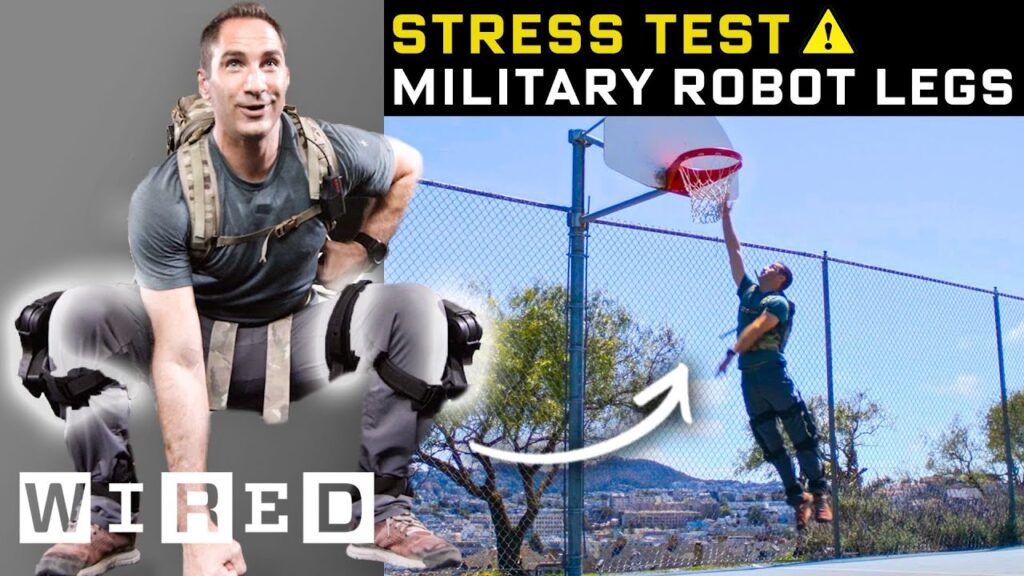Monkeypox Outbreaks: What You Need to Know
Summary
In this article, we will discuss the current outbreaks of monkeypox in the US and Europe. We will explain what monkeypox is, its symptoms, how it spreads, and how to reduce the risk of getting infected. We will also discuss who is at risk for severe infections and complications, and the available treatments and vaccines.
Table of Contents
- What is monkeypox?
- Symptoms of monkeypox
- How monkeypox spreads
- How to reduce the risk of getting monkeypox
- Who is at risk for severe infections and complications
- Testing, treatments, and vaccines for monkeypox
- Conclusion
What is monkeypox?
Monkeypox is a viral disease caused by the monkeypox virus, which is related to the smallpox and vaccinia viruses. It is primarily found in animals in Central and West Africa, but it can also infect humans. Monkeypox causes a less severe disease than smallpox, but it can still be serious.
Symptoms of monkeypox
The first symptoms of monkeypox are flu-like, including fever, headache, muscle aches, and fatigue. These symptoms are followed by a rash that usually starts on the face and then spreads to other parts of the body. The rash starts as flat, red lesions that eventually become raised and filled with fluid. The rash can last for two weeks or longer, and it can be accompanied by other symptoms like chills, sweats, and swollen lymph nodes.
How monkeypox spreads
Monkeypox spreads through direct contact with infectious rash, scabs, or body fluids, as well as touching items that previously touched the infectious rash or body fluids. Pregnant people can also spread the virus to their fetus through the placenta.
How to reduce the risk of getting monkeypox
To reduce the risk of getting monkeypox, people should avoid close contact with infected individuals, avoid sharing eating utensils or cups, and wash their hands frequently. It is also important to avoid contact with animals that may be infected with monkeypox.
Who is at risk for severe infections and complications
Anyone can be infected with monkeypox, but people who are immune compromised are at risk for more severe infections and complications. This includes people with HIV/AIDS, cancer, and organ transplants.
Testing, treatments, and vaccines for monkeypox
Testing for monkeypox requires a swab from a lesion. The treatment options for monkeypox are limited to treating the symptoms, but there is a drug called T-po, which is FDA approved for human smallpox disease, that has been used to treat severe cases of monkeypox. Vaccines are also available, such as Jynneos, a live virus vaccine administered in two shots four weeks apart, with high cross-reactivity for smallpox and estimated effectiveness for monkeypox.
Conclusion
Monkeypox is a serious viral disease that is currently causing major outbreaks in the US and Europe. It is important to take steps to reduce the risk of getting infected, including avoiding close contact with infected individuals, washing hands frequently, and avoiding contact with animals that may be infected. Testing, treatments, and vaccines are available for monkeypox, but prevention is the best way to stay safe.







